In the interest of safety and longevity, one cannot simply route electrical power and signal cables randomly between different locations. Electrical cables must be properly supported to relieve mechanical stresses on the conductors, and protected from harsh conditions such as abrasion which might degrade the insulation.
A traditional and rugged technique for cable routing is conduit, either metal or plastic (PVC). Conduit resembles piping used to convey fluids, except that it is much thinner-walled than fluid pipe and is not rated to withstand internal pressure as pipe is. In fact, threaded conduit uses the same thread pitch and diameter standards as NPT (National Pipe Taper) fluid pipe connections.
Metal conduit naturally forms a continuously-grounded enclosure for conductors which not only provides a measure of protection against electrical shock (all enclosures and devices attached to the conduit become safely grounded through the conduit) but also shields against electrostatic interference. This is especially important for power wiring to and from devices such as rectifiers and variable-frequency motor drive (VFD) units, which have a tendency to broadcast large amounts of electromagnetic noise.
Plastic conduit, of course, provides no electrical grounding or shielding because plastic is a nonconductor of electricity. However, it is superior to metal conduit with regard to chemical corrosion resistance, which is why it is used to route wires in areas containing water, acids, caustics, and other wet chemicals.
Thin-wall conduit is made with metal so thin that threads cannot be cut into it. Instead, special connectors are used to join “sticks” of thin-wall conduit together, and to join thin-wall conduit to electrical enclosures. Several runs of thin-wall conduit appear in this next photograph. Two of those conduit runs have been severed following a wiring change, exposing the conductors inside:
Installing cable into an electrical conduit is a task referred to as cable pulling, and it is something of an art. Cable “pulls” may be especially challenging if the conduit run contains many bends, and/or is close to capacity in terms of the number and size of conductors it already holds. A good practice is to always leave a length of nylon pull string inside each length of conduit, ready to use for pulling a new wire or cable through. When performing a wire “pull,” a new length of nylon pull string is pulled into the conduit along with the new wires, to replace the old pull string as it is pulled out of the conduit. Special lubricating “grease” formulated for electrical wiring may be applied to conductors pulled into a conduit, to reduce friction between those new conductors and the conductors already inside the conduit.
When connecting electrical conduit to end-point devices, it is common to use flexible liquid tight conduit as a connector between the rigid metal (or plastic) conduit and the final device. This provides some stress relief to the conduit in the event the device moves or vibrates, and also allows more freedom in positioning the device with respect to the conduit. Here, we see a motor-operated control valve with two runs of liquid-tight conduit routing conductors to it:
Liquid-tight conduit comes in two general varieties: metallic and non-metallic. The metallic kind contains a spiraled metal sheath just underneath the plastic outer coating to provide a continuously-grounded shield much the same way that rigid metal conduit does. Non-metallic liquid-tight conduit is nothing more than plastic hose, providing physical protection against liquid exposure and abrasion, but no electrical grounding or shielding ability.
Another technique for cable routing is the use of cable tray. Trays may be made of solid steel wire for light-duty applications such as instrument signal cabling or computer network cabling, or they may be made of steel or aluminum channel for heavy-duty applications such as electrical power wiring. Unlike conduit, cable trays are open, leaving the cables exposed to the environment. This often necessitates special cable insulation rated for exposure to ultraviolet light, moisture, and other environmental wear factors. A decided advantage of cable trays is ease of cable installation, especially when compared to electrical conduit.
While cable tray does provide a continuously-grounded surface for electrical safety the same as metal conduit, cable tray does not naturally provide shielding for the conductors because it does not completely enclose the conductors the way metal conduit does.
An example of light-duty cable tray appears here, used to support Ethernet cabling near the ceiling of a room at a college campus. The cable tray is made of solid steel wire, bent to form a “basket” to support dozens of yellow Ethernet cables:
Heavy-duty cable tray appears throughout this next photograph, supporting large-gauge power conductors for electric generators at a gas turbine power plant. Here, the cable tray has the appearance of an aluminum ladder, with extruded metal rails and rungs providing physical support for the cables:
Similar cables trays appear in the next photograph, supporting feeder cables from a stationary transformer and switchgear cabinets:
A special form of wiring often seen in industrial facilities for power distribution is busway, also known as bus duct. These are rectangular sheet-metal tubes containing pre-fabricated copper busbars for the conduction of three-phase AC power. Special junction boxes, “tees,” and tap boxes allow busways to extend and branch to other busways and/or standard conductor wiring. Busways are used in indoor applications, often in motor control center (MCC) and power distribution center rooms to route electrical power to and from large disconnect switches, fuses, and circuit breakers. In this photograph, we see busway used to distribute power along the ceiling of an MCC room, alongside regular rigid conduit:
As useful and neat in appearance as busways are, they are definitely limited in purpose. Busways are only used for electrical power distribution; not for instrumentation, control, or signaling purposes. Two materials useful for neatly routing power, signal, and instrumentation conductors inside an enclosure are wire duct and wire loom. Wire duct is a plastic channel with slotted sides, designed to be attached to the sub-panel of an enclosure along with all electrical devices inside that enclosure. Wires pass from the devices to the duct through the slots (gaps) in the sides of the duct, and are enclosed by a removable plastic cover that snaps onto the top of the duct. A common brand name of wire duct in the industry is Panduit and so you will often hear people refer to wire duct as “Panduit” whether or not that particular brand is the one being used. Wire loom is a loose spiral tube made of plastic, used to hold a group of individual wires together into a neat bundle. Wire loom is frequently used when a group of conductors must periodically flex, as is the case of a wire bundle joining devices inside a panel to other devices mounted on the hinging door of that panel.
A photograph showing both wire duct and wire loom inside an instrumentation panel appears here. The wire duct is the grey-colored rectangular plastic channel set vertically and horizontally inside the panel, while the loom is a grey-colored plastic spiral surrounding the bundle of wires near the door hinge:
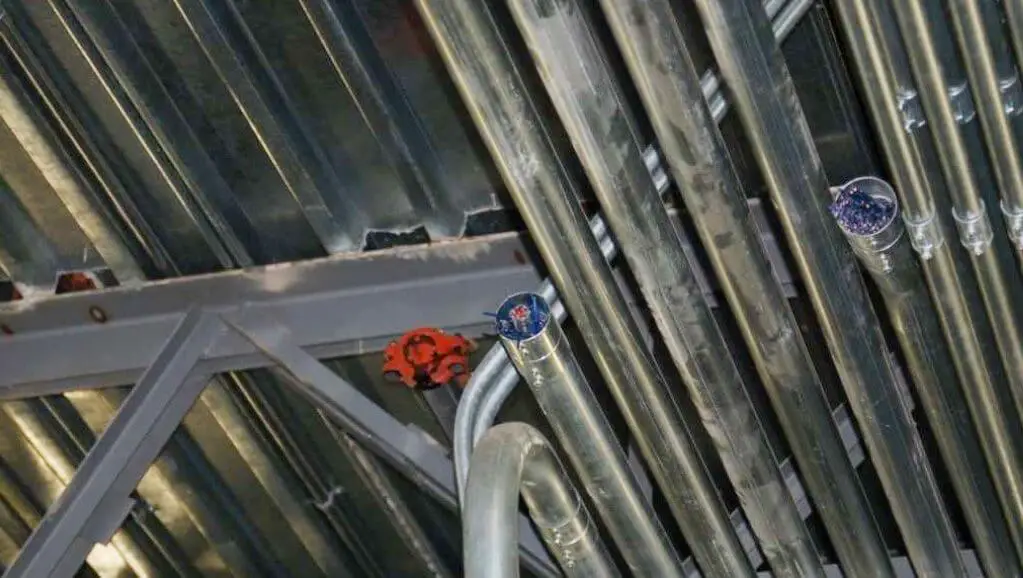
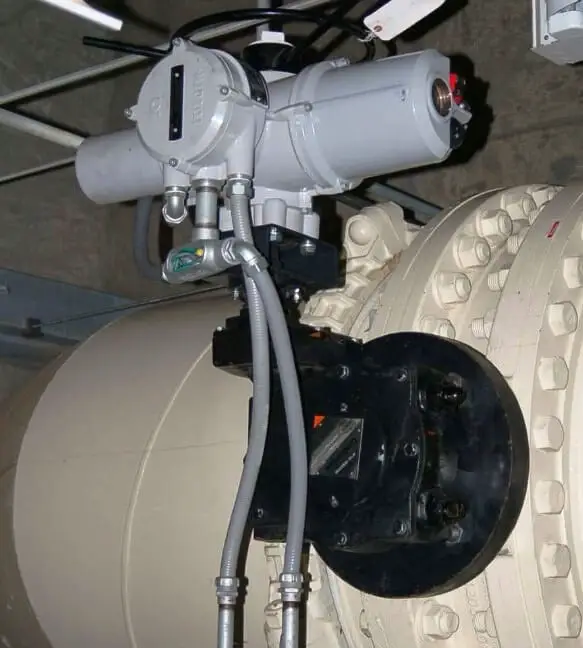
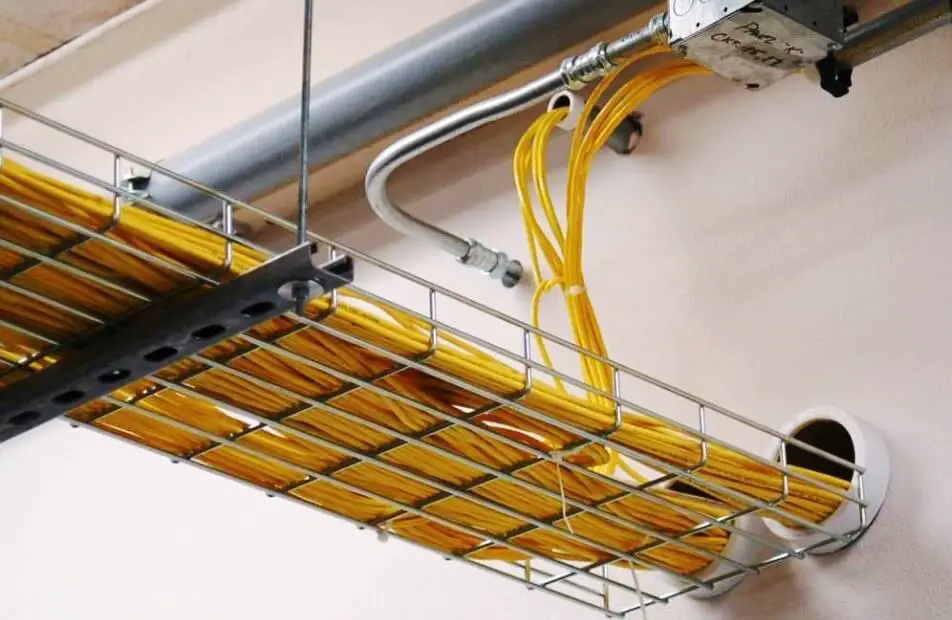

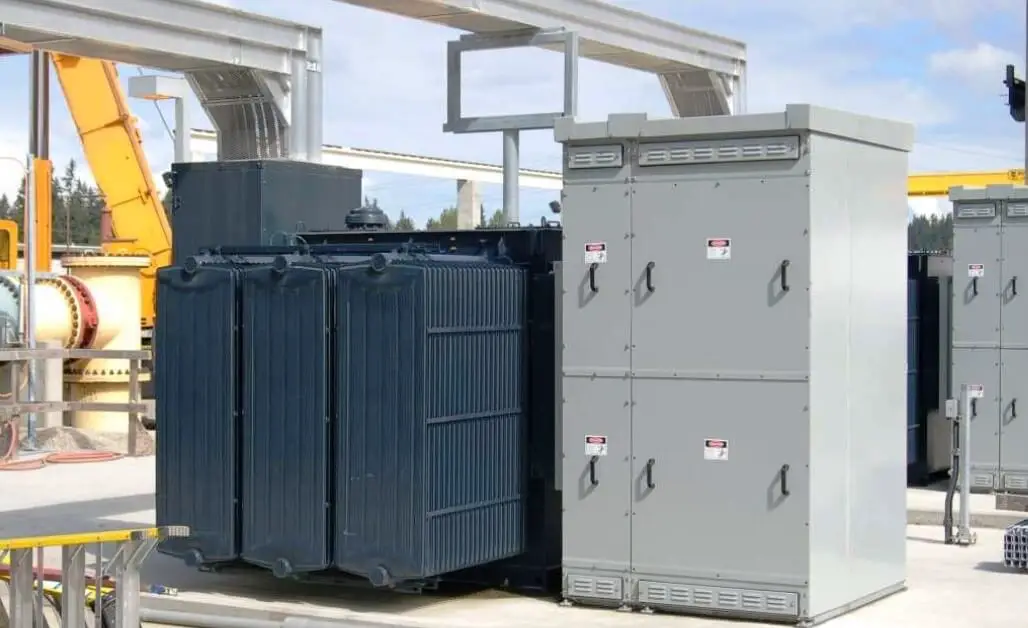


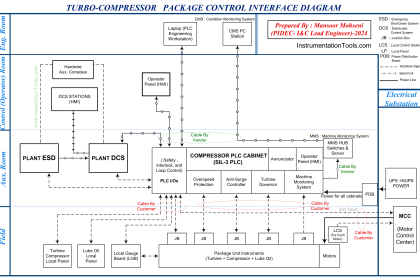
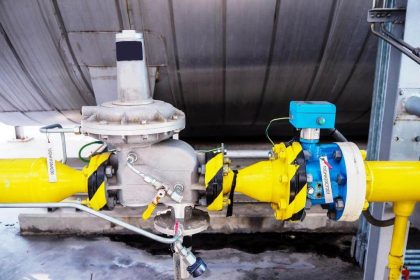

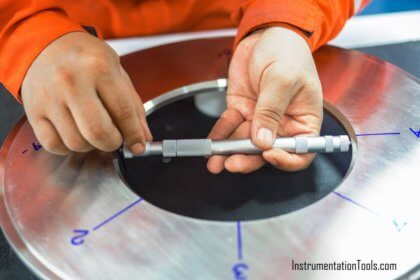


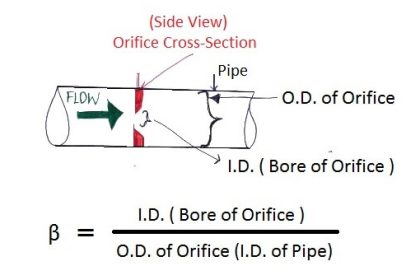

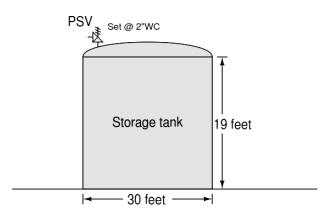
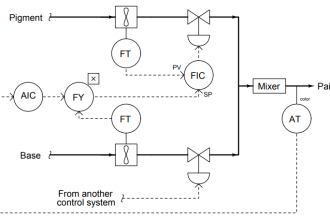
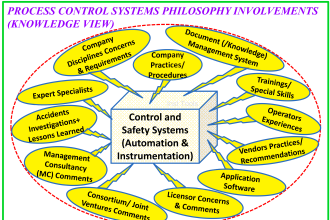
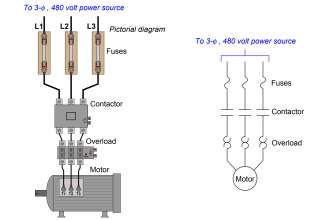

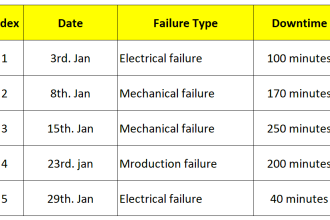
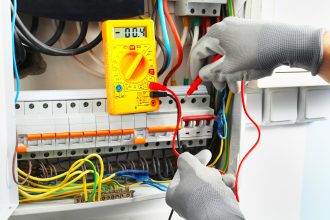
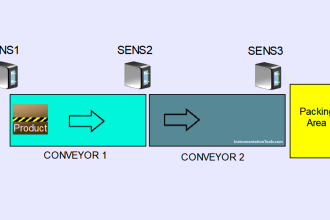

Cable tray systems are alternatives to normal wire ways and electrical conduit, which completely enclose cables and protect from environmental hazards.
Cable trays are used to support all types of wiring, such as.
1. High Voltage Power Lines.
2. Power Distribution Cables.
3. Fiber Optical Cables
4. Telecommunication cables.
5. Control cables.
Cable trays support and protect both power and signal cables and also facilitate upgrading, expanding, and relocating networks. A cable tray is designed in such a way to protect cables from environmental and other hazards.
Some of the Cable tray types as follows.
1. Ladder-type Cable Tray.
2. Solid Bottom Cable Tray.
3. Wire Mesh Cable Tray.
4. Trough Cable Tray.
5. Perforated Type Cable Tray.
• Ladder-type Cable Tray: Ladder type cable trays are supported by rungs that provide access to cables from bottom and top. In ladder type cable trays rungs are used to properly tie cables. Ladder-type cable trays are used for heavy cables as it provides more ventilation then perforated type.
• Perforated Cable Tray: Perforated type cable trays are manufactured with a perforation at the bottom to provide proper ventilation. Perforated type cable trays support then ladder type.
• Solid-bottom Cable tray: Solid Bottom cable trays are normally used for communication cables to protect from radiofrequency/electromagnetic interference.
• Wire mesh cable tray: Wire mesh cable trays are designed by welding stainless steel wires together forming a basket. Wire mesh cable trays are normally used for telecommunication cables.
We are manufacturing and providing cable trays to all major companies in Pakistan. Alfazal Engineering is the only company in Pakistan manufacturing all types of Cable Trays. We are also providing services for the installation of cable trays in Pakistan.
Cable tray in Pakistan
Amazing write up! Thanks for this submit